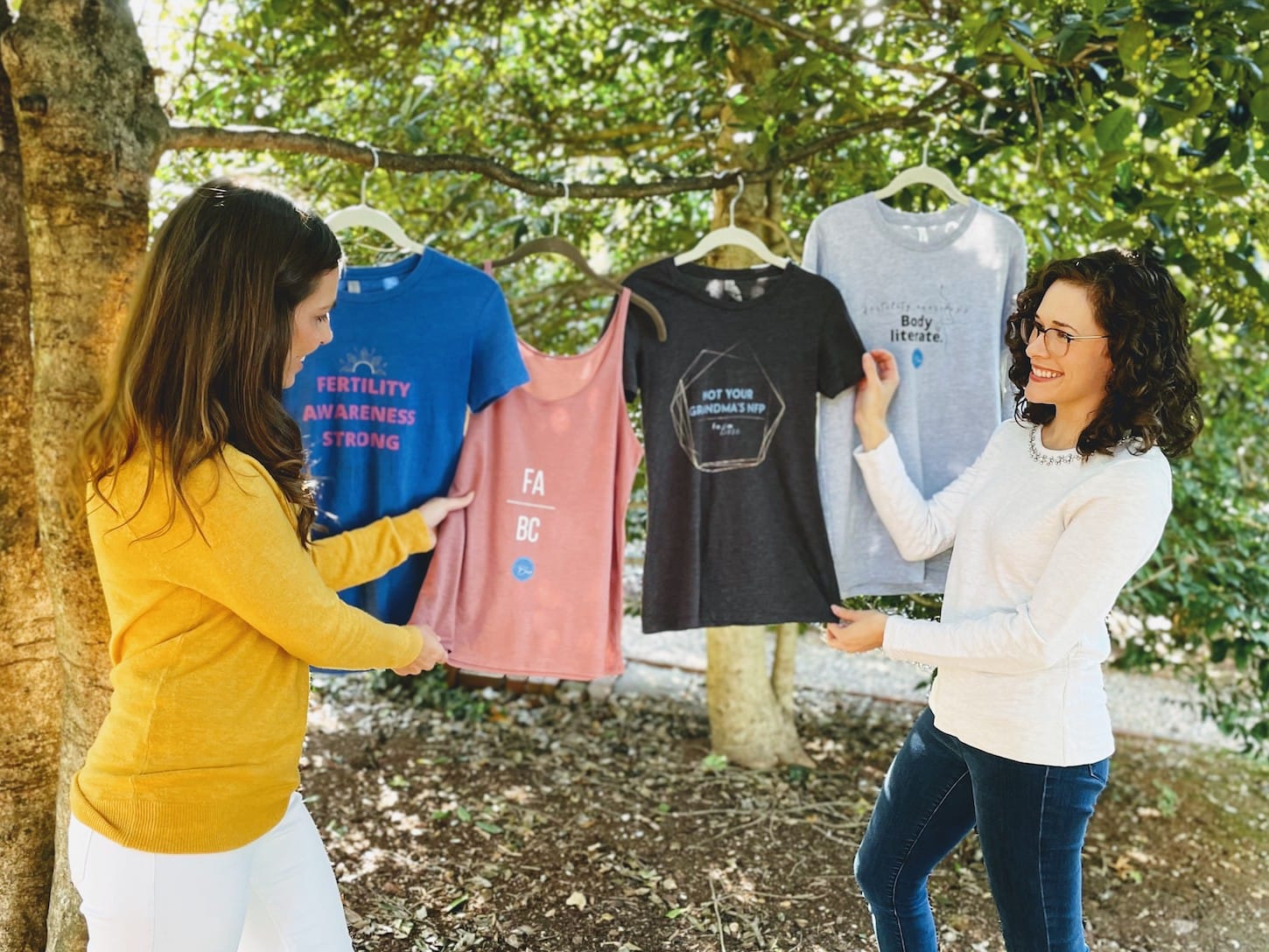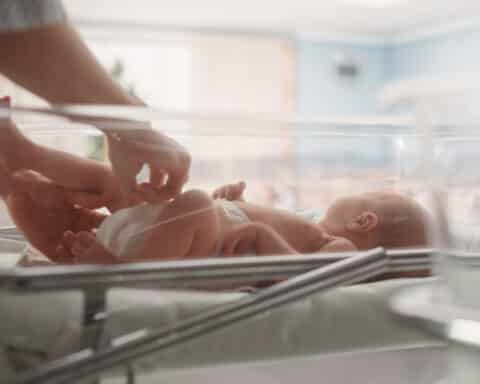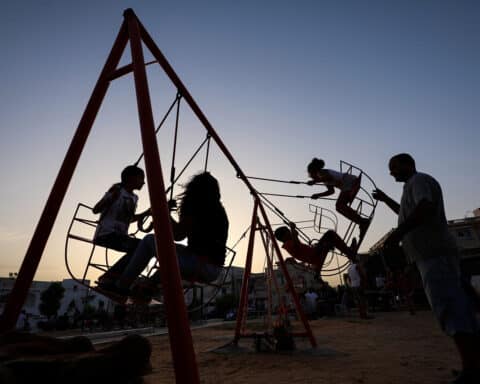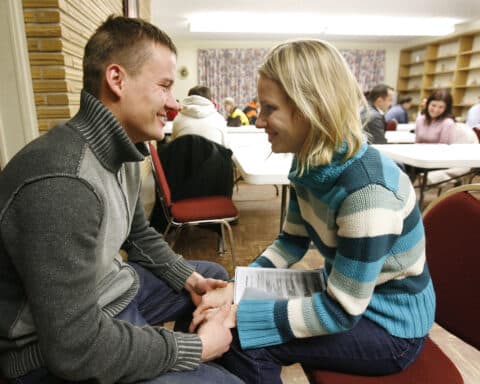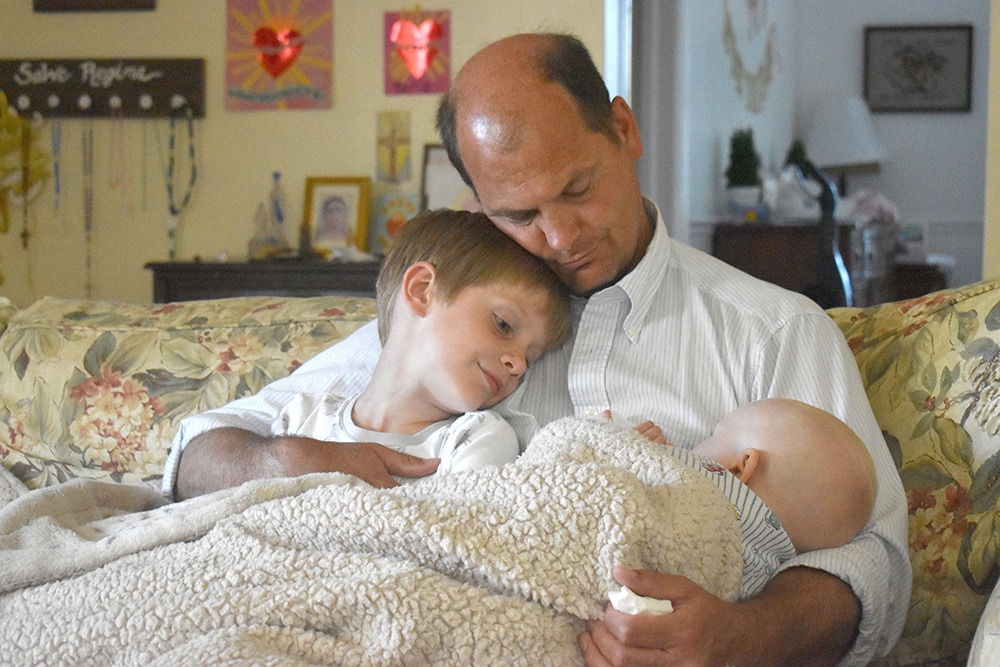When Emily Frase describes her experience with Natural Family Planning (NFP), she points first to the cross.
“We have to have the courage to be like, ‘You know what? Sometimes it is gruesome. Sometimes it really does look like a crucifixion — and that’s okay,'” the 33-year-old president of FAbM Base, a nonprofit dedicated to fertility awareness, told Our Sunday Visitor.
Frase and FAbM Base Executive Director Mary Bruno, 37, shared their experiences with NFP during National NFP Awareness Week. The week takes place around the anniversary of Pope St. Paul VI’s 1968 encyclical, Humanae Vitae, which warns against the dangers of contraception. NFP cooperates with this doctrine by allowing couples to plan families by tracking the fertile window of a woman’s cycle with fertility awareness based methods.
As NFP users, Bruno and Frase come from different backgrounds: Frase had two surprise babies before her third wedding anniversary while Bruno, who adopted a daughter with her husband, suffers from endometriosis and infertility.
Today, the two founders of FAbM Base want to tell their stories even if it’s uncomfortable to hear. Even if it’s uncomfortable to say.
“I have had so many people be like, ‘You need to talk about the good stuff [about NFP],'” Frase said. “I’m like, ‘There is good stuff, but people don’t know it’s okay to talk about the bad stuff.'”
On their website, Bruno and Frase not only share their stories but also provide stories from other women who use fertility awareness based methods. Their user database serves two purposes, Bruno said: A woman can use it to determine the best method for her as well as practice solidarity with other women.
“The crucifixion has value — absolutely — and it’s not the end, there is hope,” Frase commented. “But the crucifixion has to happen to get there.”
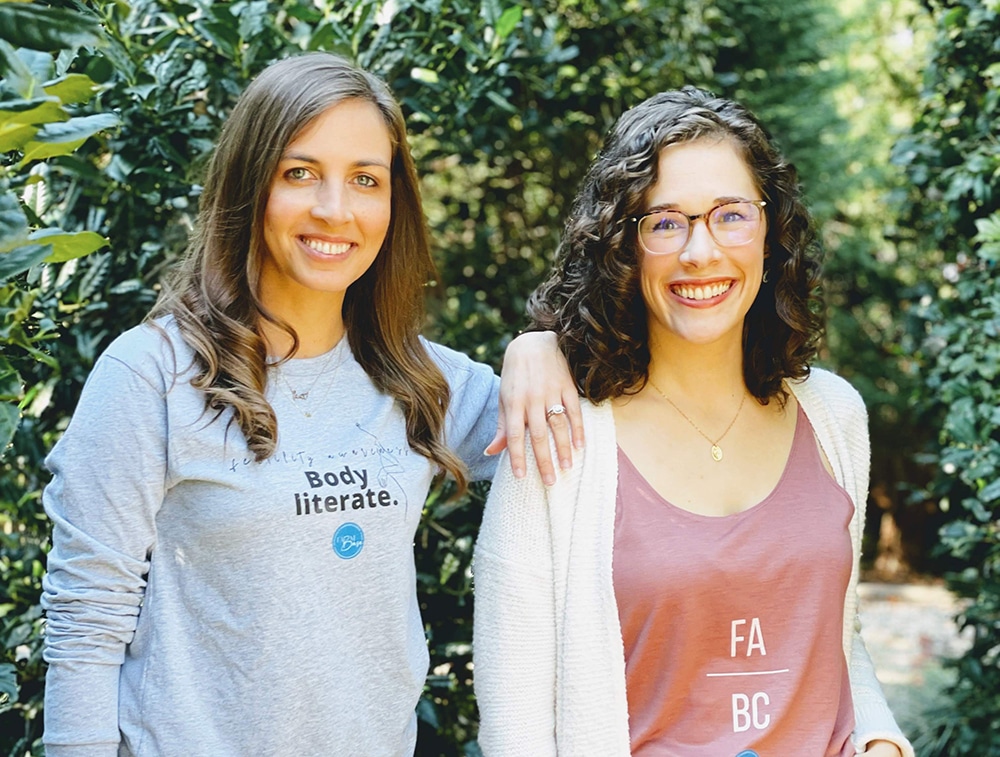
What is fertility awareness and NFP?
Bruno and Frase, who are both Catholic, founded FAbM Base (short for “Fertility Awareness based Methods”) in 2020 to support and accompany women and couples with fertility care resources in an open and honest way.
“We’re going to provide you with authentic women’s health information, whether you’re trying to avoid or achieve pregnancy or maintain your health,” Bruno said. “We want to be able to help the Church in that way, but we want to help all women no matter what faith you belong to.”
FAbM Base describes fertility awareness as the scientific discipline where a woman learns to track and interpret fertility signs over the course of her cycle to determine when she is fertile and to collect beneficial health information.
Women and couples practice fertility awareness through fertility awareness methods (FAM) and fertility awareness based methods (FABM).
Both FAM and FABM users track or chart one or more signs to determine a woman’s fertile window. Those fertility signs — called biomarkers — include cervical mucus, cervical position, basal body temperature, vaginal sensation and hormone levels.
FAbM Base makes the distinction between FAM and FABM: While FAM users might use non-hormonal contraceptive measures to avoid pregnancy when a woman is fertile, FABM users, in line with Church teaching, rely solely on abstinence.
NFP, according to FAbM Base, is “fertility awareness plus discernment.” Discernment, here, means that a couple seeks spiritual guidance when deciding to avoid or achieve pregnancy.

Emily’s story
Emily Frase and her husband, Nick, first learned NFP as an engaged couple. They focused on the Sympto-Thermal Method during marriage preparation with the Couple to Couple League, a Catholic nonprofit.
While the program seemed fairly intensive, Frase said that it left them with unrealistic expectations.
Among other things, they learned that avoiding pregnancy with NFP meant abstaining from sex for a week. They were told that they would experience a honeymoon effect and that everything would be “fantastic and marvelous.”
Then, they got married. Instead of one week of abstinence with NFP, they quickly realized it was two.
“I’m like, we’re doing something wrong or I’m doing something wrong because the charting was all on me,” Frase remembered, adding that “there was also no understanding that fertility is something that is shared.”
Three months later, she became pregnant. After giving birth, she switched to another method called Creighton. Seven months after that, she was pregnant again.
At that point, Frase said, she felt completely abandoned by God.
“I didn’t know where to turn,” she said. “I had no tools, nothing to feel any support or help.”
Frase later switched to a third method, Marquette, and successfully avoided pregnancy for two years. Then, she and her husband decided to try for their third child.
“That ended up with a year and a half of infertility,” she revealed. “At this point, I’m looking at God like, ‘What are you smoking, dude? What is going on up there?”
As she waited to see a specialized surgeon and prayed for a healing pregnancy, she finally became pregnant.
Her prayers for healing were answered, even if not in the way she originally wanted: The C-sections for her first two children, while traumatic, resulted in her undergoing a C-section for her third child instead of being dangerously induced into labor at nearly 41-weeks pregnant.
She or her baby could have died if she had gone into labor, her doctor later told her. Frase learned that she had a placental abruption, a serious complication where the placenta separates from the lining of the uterus before birth.
“There’s still a lot of bad parts that I’m still having to reconcile and heal from and work through,” Frase said of her NFP experience. “I think that’s just going to be ongoing till whenever. But, in the meantime, I’ve seen God bring good things out of it.”
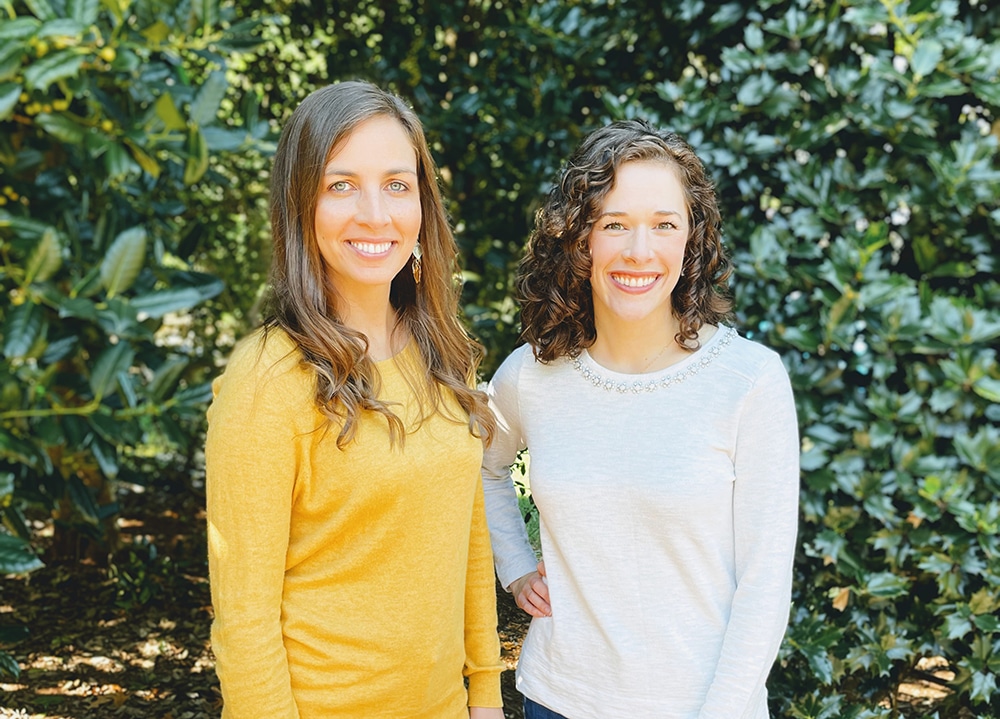
Mary’s story
Growing up in a devout Catholic family, Mary Bruno thought of NFP as something that people learn about when they get married. She also believed, at the time, that it consisted of only one method (the Sympto-Thermal Method).
Her understanding of NFP remained unchanged when, as a teenager, she developed worrisome women’s health symptoms, including increasingly severe pain and heavy bleeding.
After several years, she turned to an OB-GYN for help. The doctor responded by performing surgery on her, which was ineffective, and offering birth control, which she refused.
Her life changed after she discovered another method, Creighton, which provided her with detailed insights into her body.
“That’s when I started charting and got connected with the right type of surgeon,” she remembered. “With Creighton, it just gave me this really in-depth look into what my body is doing and communicating that to me daily.”
Her doctor, in turn, used her chart to run diagnostics and treat her. Today, Bruno teaches as a Creighton practitioner.
While Bruno stressed the health benefits, she also acknowledged the challenges.
“To have so much insight into your body is really awesome and beautiful, but it also means you’re having a lot of insight into what doesn’t work,” she said. “That can be really emotionally painful.”
While her symptoms improved, she continued to struggle with infertility. One day, after crying over her chart, Bruno’s perspective changed after an encounter with her doctor.
“She helped me to realize that it was a lot about my expectations and, just going into it, I learned to separate who I am with what the chart is telling me I am,” she said. “I am a person, I am a woman, a daughter of God, a wife — regardless of what the chart tells me, regardless of my ability to get pregnant.”
“It didn’t mean it wasn’t painful, but it helped me to change my expectations, to not expect to see something on the chart that wasn’t there, that wasn’t true,” she added. “And knowing who I am in God, that is always true.”

A bit of advice
With NFP, Bruno emphasized that joy and pain coexist.
“It has to be either/or for some reason for a lot of people,” she said, before adding that “that’s just life, that’s humanity, that both exist at the same time.”
She shared her advice for women considering or practicing NFP, beginning with the message that “no matter where you are is okay.” She also encouraged women to share their stories.
“I think being vulnerable and being willing to share the struggles and the joys and the questions with other women — and the more that we can all do that, it’s not only we learn more information about different methods and stuff, but we learn about the suffering of others,” Bruno said.
Frase highlighted that suffering can be unitive.
“The cool thing that Mary and I have learned from each other is that, okay, the crosses that we’ve had to carry, wildly different. The things we’ve learned from them, pretty similar,” she said.
“I think that if we have the courage to stand at the foot of somebody else’s cross, we can actually discover that it is a point of unity,” she concluded. “That takes a lot of courage and it’s hard to do … but it’s worth it.”

